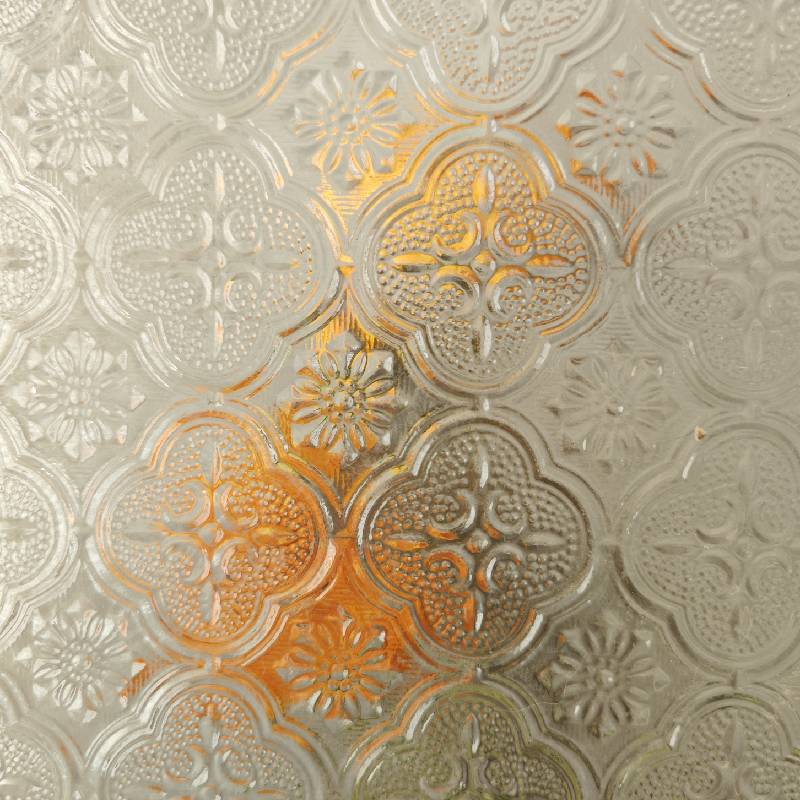

The Allure of Mirror Float Glass A Comprehensive Overview
Mirror float glass, a unique and versatile material, has been making waves in both the architectural and decorative industries. This specially treated glass not only reflects light but also serves as a functional and aesthetic addition to various spaces. Its characteristics make it a preferred choice for designers, architects, and homeowners alike. In this article, we will delve into the properties, benefits, applications, and maintenance tips for mirror float glass.
Understanding Mirror Float Glass
Mirror float glass is created through a unique manufacturing process that involves floating molten glass on a bed of molten tin. This technique produces a smooth and flawless surface, which is essential for creating high-quality mirrors. Once the glass is formed, it undergoes a special coating procedure where a thin layer of reflective metal, usually silver or aluminum, is applied to one side. This reflective finish not only enhances the aesthetic appeal of the glass but also contributes to its durability.
Properties of Mirror Float Glass
The primary property of mirror float glass is its ability to reflect light efficiently. This reflective quality can brighten up a space, creating an illusion of depth and openness. Additionally, mirror float glass is highly customizable; it can be produced in various thicknesses, sizes, and even colors to suit specific design requirements. Its smooth surface is easy to clean, making maintenance relatively hassle-free.
Moreover, mirror float glass is known for its strength and resistance to shattering. While it can break under significant force, its inherent properties ensure that it is tougher than regular glass. This makes it suitable for various applications, including those in high-traffic areas or settings that require a higher level of safety, such as public restrooms or commercial establishments.
Applications of Mirror Float Glass

The uses of mirror float glass are virtually limitless. In the architectural realm, it is often incorporated into building facades, providing a modern and sleek appearance. This type of glass can reflect the surrounding environment, blending the structure into its surroundings while adding an element of sophistication.
In interior design, mirror float glass finds its place in everything from decorative mirrors to furniture pieces. For instance, mirrored furniture can create a sense of luxury and space within smaller areas. Additionally, it is often used in retail spaces to enhance the shopping experience, as reflections can create a sense of abundance and attract customer attention.
Moreover, mirror float glass is a popular choice for bathroom applications. Wall-mounted mirrors, cabinet doors, and even shower enclosures can benefit from this material’s reflective properties, providing both functionality and style.
Maintenance Tips for Mirror Float Glass
Caring for mirror float glass is essential to maintain its lustrous appearance. Regular cleaning is advised to prevent the buildup of dust and grime. It is recommended to use a soft, lint-free cloth with a glass cleaner specifically formulated for mirrors. Avoid harsh chemicals that may damage the reflective coating.
Additionally, it is essential to check the edges of the glass periodically. If any chipping or cracks occur, it might compromise the integrity of the mirror. In such cases, it would be prudent to consult a professional for repairs or replacements.
Conclusion
Mirror float glass is not just a functional material; it is an art form that enhances beauty and elegance in both commercial and residential spaces. With its myriad of applications, reflective qualities, and ease of maintenance, it offers a perfect solution for those looking to elevate their design aesthetic. As architects and designers continue to embrace innovation, mirror float glass will undoubtedly remain a key player in the industry, reflecting the creativity and vision of a new era in architecture and design.